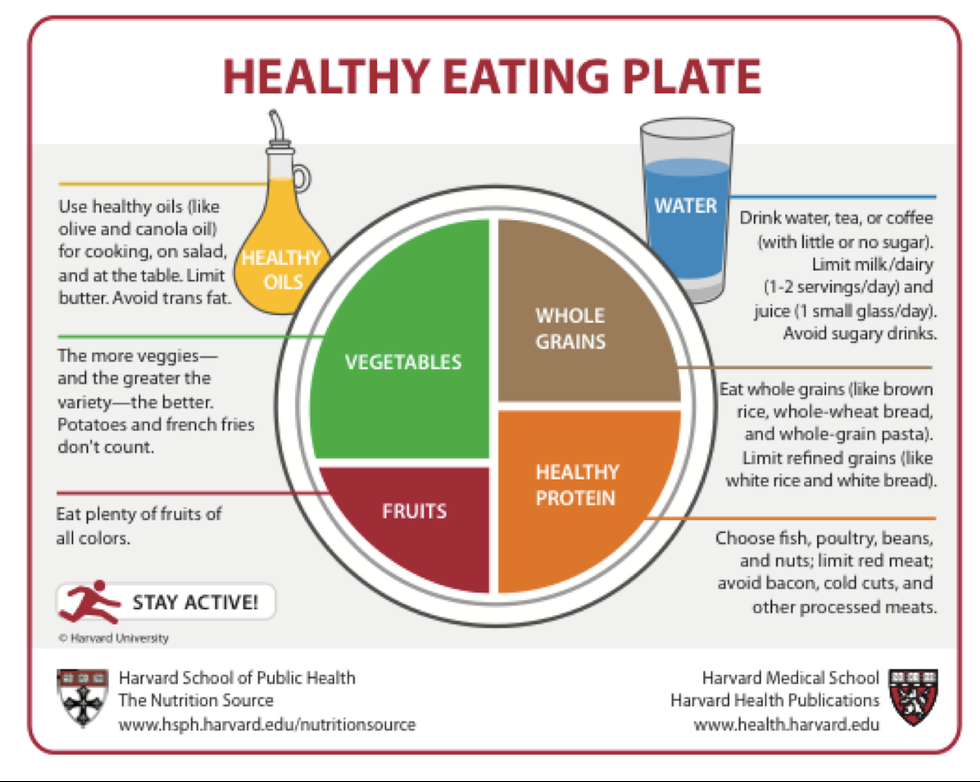Injuries are heartbreaking for an athlete and/or active person. Many times, they end careers and completely change the course of one's life. I can relate to that. After suffering a knee injury while running almost two months ago, I wasn't exactly sure where I stood anymore. It was a bit of a bumpy road, but things are on the up-and-up now. From that process and from some clinically backed research, I can recommend a few things to help active people get back out there and do what they love.
1. Swallow your pride, and accept that you need help.
This was by far the most difficult one to accomplish on the list. For the longest time after the injury occurred, I was in denial. "I can take care of it myself," I told myself and everyone else. "It's not a big deal, just apply some ice after the workout and scale it back today," were the words that went through my head everyday when I got to the gym. I know that I didn't want to admit I needed help because of my stupid pride, and it was a sad thought to think that I wouldn't be able to compete in any triathlons or intense leg workouts anytime soon. Finally, after about a month of limping around, my girlfriend convinced me to stop being dumb and get some help (thanks for that!), I accepted the fact that I could not rehab my knee by myself and needed the help of a professional.
2. Get help.
People get paid for a reason to rehabilitate people. It's a difficult process, and those professionals have to go through many years of school to be able to get certified. These people are out there for a reason, and it's because they genuinely care about helping build people back up to functioning levels. If you have trust issues about the care provider, ask them about what they've previously accomplished with people. For students, you may have access to a reduced price facility to undergo treatment (so check it out on your campus' website). For everyone else, be sure to check with your healthcare provider to see what treatment methods and how many sessions they'll help you cover.
3. Scale back on life.
A simple motto to go by here is, "If it causes you pain, don't do it." Sometimes it's not quite as easy as that because you have to work, but be sure to dial things down a few notches. If your knee hurts, take your time going up the stairs (if you must take them), and really focus on not using the hurt leg. If your shoulder hurts, don't play basketball or reach with it to grab things in a cabinet. Use your other hand. Scaling things back allows for some recovery to start taking place.
4. Eat healthy.
I can't stress it enough—go the extra mile on this one. Be sure that you're eating enough protein (if you suffered a muscular or tendon injury) so your body has enough to repair it along with your other muscle. Also, maintain adequate hydration levels because your body requires a lot of water to function properly and eat foods high in omega-3 fatty acids, such as chia or flax seeds and/or fish because they help reduce inflammation. Lastly, eat fruits and vegetables rich in antioxidants to help fight off oxidizing free radicals in your body.
5. Consider supplementation.
This is one of the few times I will actually recommend purchasing supplements. It is important to note that most of these have only been tested on soft tissue injuries, though. Magnesium acts as a muscle relaxer and pain killer and should be taken at bed time and not in over-the-top large doses. Vitamins A, C, and E are all antioxidants and help prevent oxidation in your body (most people will not need a supplement for these). Glutamine is an amino acid that helps build your body back up. Vasodilators, such as Astravar 2.0, help increase blood flow to the injury site. Zinc is important for our immune system and key in the role of our body fighting inflammation. Lastly, Vitamin B6 is important for protein and red blood cell metabolism. If you complete a diet assessment and believe you might be deficient in one or many of these, consider shelling out a few dollars to help speed up your recovery process.
6. Listen to what your professional tells you.
In almost all cases, the physical therapist or athletic trainer knows best. If they tell you to scale it back or lay off on the workouts, do it. If they tell you to limit your walking, do it. If they tell you to apply ice three times per day, do it. The only instance I alert you to be cautious of is when they give you advice regarding nutrition or medication. Many of these people have not been trained in this field and might not be the most knowledgeable on the subject. If possible, opt for vitamins, minerals, and omega-3 fatty acids to reduce inflammation instead of large doses of NSAIDs such as Advil or Ibuprofen because they are less harmful on your liver (most of the time).
7. Make peace with the fact that you might not ever fully come back.
This is a rather depressing but necessary part of the process. It's not very easy, but it is something you must come to terms with it. For me, I took a step back and decided that hammering out these super intense workouts wasn't something I ultimately needed to be able to do in life; instead, I set little goals regarding everyday life for myself. I didn't need to be able to do bleacher sprints, but I wanted to be able to walk up stairs pain-free. Running didn't need to be on the menu, but going on hiking expeditions with my friends or future wife and kids was something I'd love to be able to do. The only one I had a hard time making peace with was maybe not being able to mountain bike to the extreme that I did last summer, so that remains one of my goals. This may be a rather hard thing for many people to think about, but remember that there are many people way less fortunate out there who can't even walk or throw a baseball with their kids. The key is to put life in perspective.




























